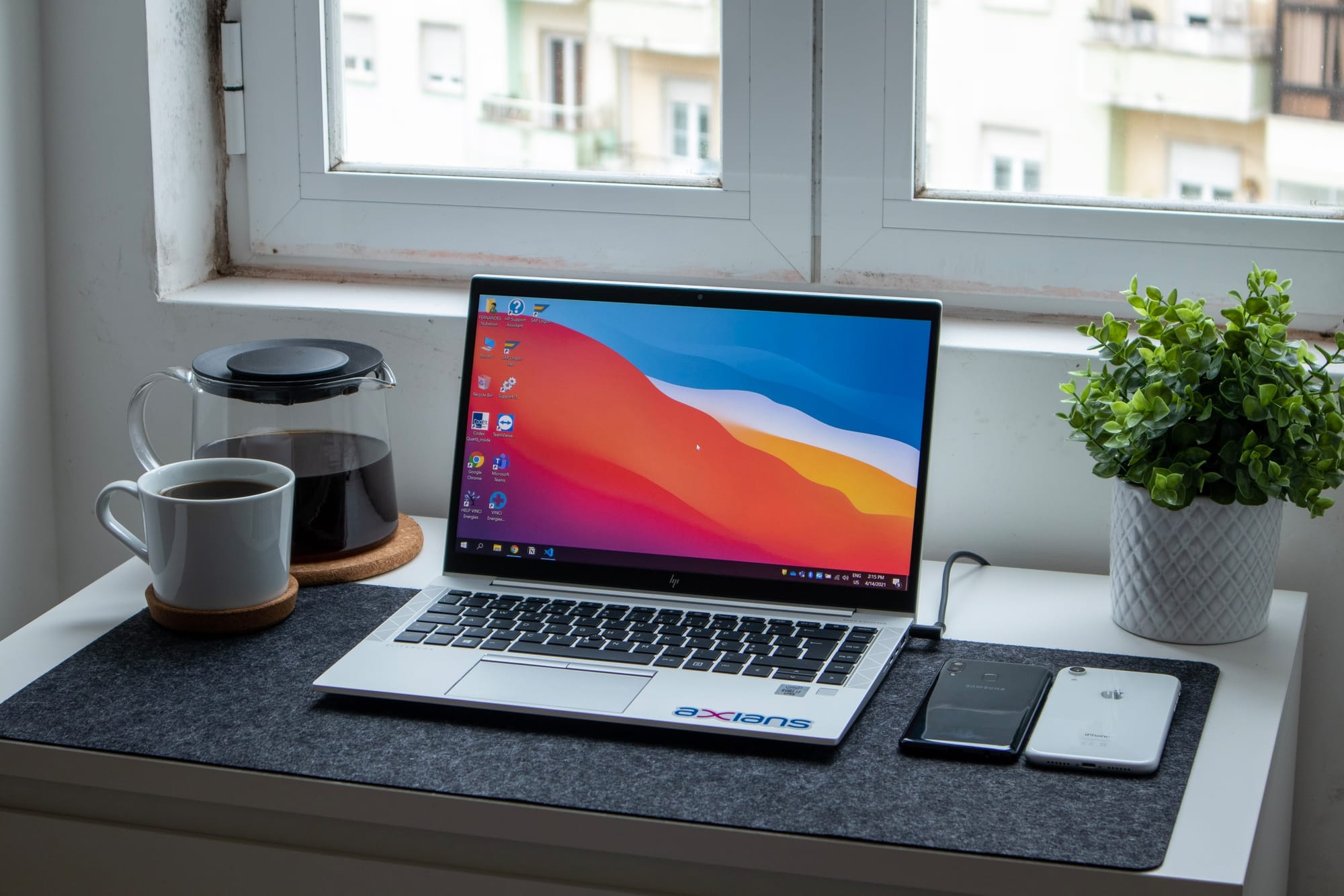Windows Virtual Desktop FAQ

Windows Virtual Desktop FAQ
What is Windows Virtual Desktop?
Windows Virtual Desktop is a comprehensive desktop and app virtualization service running on the cloud. It is the only service that delivers simplified management, multi-session Windows 10, optimization for Office 365 ProPlus, and support for Remote Desktop Services Environments. With Windows Virtual Desktop you can deploy and scale your Windows desktops and apps on Azure in minutes, with built-in security and compliance.
What are the key benefits of Windows Virtual Desktop?
- Multi-session Windows 10 that delivers the cost advantages of server-based virtualization.
- The best service to virtualize Office 365 ProPlus running in multi-user virtual scenarios.
- The only service to provide Windows 7 virtual desktop with free Extended Security Updates, giving you more options to support legacy applications while you transition to Windows 10.
- Bring your existing Remote Desktop Services (RDS) and Windows Server desktops and apps.
- Manage Windows 10, Windows Server, and Windows 7 desktops and apps all with a unified management experience on Azure.
- Seamlessly virtualize both desktops and apps.
What is the new Windows 10 multi-session?
Windows Virtual Desktop enables a capability of Windows 10 Enterprise multi-session available only in Azure. This allows full fidelity access to a Windows 10 experience – including the user experience, Office ProPlus support, Microsoft Edge, Cortona, per user search index and access to the Microsoft store – while taking advantage of the cost efficiency of shared compute resources previously only available with server-based virtualization.
What operating systems are supported by WVD?
Windows 10 multi-session, Windows 10 single-session, Windows 7 single-session, Windows Server 2012 R2, Windows Server 2016, and Windows Server 2019.
How does the WVD solution reduce costs?
WVD reduces customer costs by reducing Infrastructure, Licensing, and Labour costs. Multi session Windows 10 allows significant savings in compute resources, and WVD service now replaces complex management requirements of RDS/VDI solutions. WVD is free to use with many existing licenses and you no longer must pay for RDS CAL licenses. Finally, labour savings are realized by the shift from IaaS to PaaS removing the need to manage core services like broker/gateway/web access etc. reducing management overhead.
Will WVD support Microsoft Office?
Yes. The best experience of Office is with Office 365 ProPlus, which is supported by Windows 10 multi-session. Perpetual versions of Office will not be supported by Windows 10 multi-session but will be supported on Windows Server operating systems with Windows Virtual Desktop.
What is required to run WVD?
You need an Azure Tenant and a Subscription with enough resource creation permissions. That’s all!
How can one implement WVD in an MSP Partner Scenario?
For each customer you manage, create a WVD tenant in the customers AAD and deploy host pools in the same AAD that communicate with the WVD service.
Is OAS a Microsoft Partner OAS assist you run or operate Windows Virtual Desktop?
Yes.
OAS is a certified Microsoft Partner and is qualified to assist any organizations with the implementation and deployment of Microsoft WVD services and or provide complete support and value-add services to get up to speed fast.
Technical FAQ
Can we try WVD out now as a POC?
Yes! WVD is in General Availability since September 2019. You can use Azure Free trial Subscriptions or your existing Azure Subscriptions to try WVD.
How can I get started with Windows Virtual Desktop?
Contact OAS to assist you in planning, implementation, and deployment of WVD.
Will Windows Virtual Desktop be supported with Virtual Desktop Access (VDA)?
Yes. Virtual Desktop Access (VDA) will be supported in Windows Virtual Desktop.
Can I use the Windows 10 multi-session VM with Citrix Environment?
Yes, this is possible. OAS is a Silver Partner for Citrix and is qualified to assist companies deploy Windows 10 Multi-session into your existing Citrix Environment.
What FSLogix capabilities are included in Windows Virtual Desktop?
With acquisition of FSLogix, eligible customers will get access to the three core pieces of technology.
- Profile Container: Replacement for roaming profiles and folder redirection. Dramatically speeds up login and launch times, including Office 365 container, which roams Office cache data.
- App Mask Imaging: Minimize the number of gold images creating a single image with all applications. Excellent app compatibility with no packaging, sequencing, backend infrastructure, or virtualization.
- Java Redirection: Helps protect the enterprise from vulnerabilities of multiple installed versions of Java by mapping specific versions to individual apps or websites.
Migrating to WVD I have Windows 7 machines and would like to move them to Azure/integrate with WVD. How do I handle this?
Windows 7 machines can be migrated to Azure using tools like Azure Migrate and/or Azure Site Recovery (ASR). This can be done either from on-premises to Azure or even between Azure regions.
Is there a direct Migration path from on-premises RDS to WVD? Or will we have to first migrate to RDS from IaaS and from there to WVD?
If you want to use Win 10 EVD with WVD then you cannot migrate to WVD directly from on premise. If you want to continue using your existing image (WS or Win10), you can migrate your VMs as long as you have the following also migrated/setup – AD with AAD sync, VNET, user storage (optional if they want everything available in Azure).
You can also use Azure Site Recovery for the same. The other option is to migrate all your on-prem resources using ASR to Azure (inclusive of RDS components) and then once you have a validated env, you can connect the VMs to WVD.
OAS recommends this option because many customers get stuck in the AD and VNET creation/sync step and then cannot deploy their WVD setup. A phased migration ensures that you get all the WVD pre-requirements in place before attempting to use WVD.